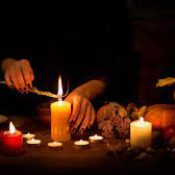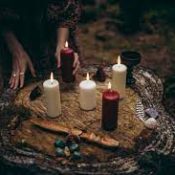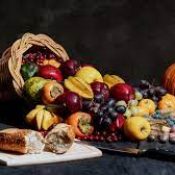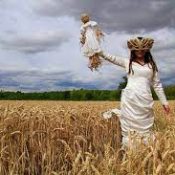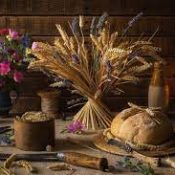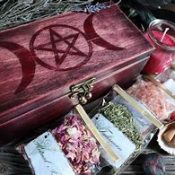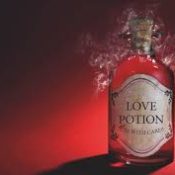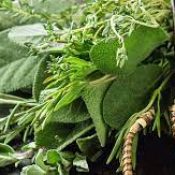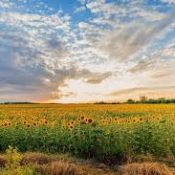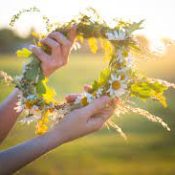Author: A Solitary Pagan
Honour the Darkness at Mabon
Without darkness, there is no light. Without night, there can be no day. Despite a basic human need to overlook the dark, there are many positive aspects to embracing the dark side, if it’s just for a short time. After all, it was Demeter’s love for her daughter Persephone that led her to wander the world, mourning for six months at a time, bringing us the death of the soil each fall. In some path...
Mabon : The Festival and its Meaning
Mabon celebrates the “Harvest home” the end of the grain harvest. The fields are all cleared and in the garden, most of the crops have come to an end. Only the Apples and Pears and the winter-hardy plants remain. As the sun retreats, the earth pulls in. All growth stops, the sap is withdrawn into the tree roots and the leaves begin to turn. It is time to look over what we have achieved and what we...
Mabon Explained
Autumn Equinox, 2nd Harvest, Falls Between September 21 – 23 Mabon, (pronounced MAY-bun, MAY-bone, MAH-boon, or MAH-bawn) is the Autumn Equinox. The Autumn Equinox divides the day and night equally, and we all take a moment to pay our respects to the impending dark. We also give thanks to the waning sunlight, as we store our harvest of this year’s crops. The Druids call this celebration, Mea’n Fo’...
Lughnasadh Rites and Rituals for a Hedgewitch
This is the time of the first harvest, when the wheat that has ripened in the summer months is ready for harvest, turning golden as the sun. This is also when, hopefully, we begin to see the results of the work that we have done throughout the year. Know, however, that there is still much work to be done, and we cannot rest on our laurels! If you can, visit a field of wheat and pluck a few sheaves...
Lughnassadh
Time: Sunset 31 July-sunset 2 August (31 January-2 February in the southern hemisphere) Focus: Willing sacrifice for the greater good, natural justice and karma, trusting the cosmos to provide by giving without seeking immediate return; also spiritual transformation, renewal of the life force by absorbing the powers of the spirit of the corn through food and drink. This is the festival of the corn...
The Love Box
Items needed: Small, heart shaped box, love-drawing incense, love-drawing oil, pink candle, parchment paper, pen, rose quartz, some of your own hair, orris root powder, charcoal, and matches. Perform this spell on the first Friday after the moon turns new. To prepare, center and ground yourself. Light the charcoal. Inscribe upon the parchment that which you specifically desire in a lover. Place so...
Love Drawing Potion
Items needed: One glass sauce pan Dove’s blood ink A small paint brush Sweet red wine A metal tea ball, One cup honey, The following herbs: 3 fresh mint leaves, 7 rosebud petals, 1 pinch orange zest (orange peel), 1 pinch coriander, and 1 pinch basil. Put the herbs into the tea ball and set aside. On the outside of the glass pan, write the name of the person you desire seven times. On the i...
The Copper Love Charm
Items needed: Seven copper pennies One copper bracelet, One green candle, A green velvet pouch Begin on the night of the new moon. Place all the items called for on your altar. Cast the magick circle, and light the green candle as you say: Power of Venus on this nightWork my will by candlelightBring to me the one I seeAs I will So Mote It Be. Place the copper bracelet in the green pouch. Take one ...
Herbal Love Spell
This spell will give your new romance a kick-start. As the plant grows, so will the love and affection between you and the one you desire. Items needed: One small basil plant,Earth,One rose quartz crystal,Ared flower pot. Write your name and the name of the one you desire on the front of the pot. Just before the moon turns full, put the rose quartz in the bottom of the pot, fill the pot with earth...
SELF-DEDICATION LITHA RITUAL
For hundreds of years’ people or groups have been performing dedication rituals to their Gods and Goddesses, this was done to declare themselves to the divine, it solidifies the relationship you have and joins your energies together in a harmonious act of love and light. This ritual is a self-dedication for those of us who are solitary practitioners, meaning we practice our craft alone rather than...
Litha History – Celebrating the Summer Solstice
An Ancient Solar Celebration Nearly every agricultural society has marked the high point of summer in some way, shape or form. On this date–usually around June 21 or 22 (or December 21/22 in the southern hemisphere)–the sun reaches its zenith in the sky. It is the longest day of the year, and the point at which the sun seems to just hang there without moving – in fact, the word “solstice” is from ...
Summer Solstice—Midsummer’s Day
Summer Solstice—Midsummer’s Day, the longest day of the year, when the sun reaches its peak of power, and begins to decline. We mark this day as the beginning of summer, of the time of ripeness and harvesting. Yet is also a time of grief, of knowing that the flower must fade for the fruit to set. This year, the solstice falls in the midst of enormous grief—for those who have died in the pandemic, ...
